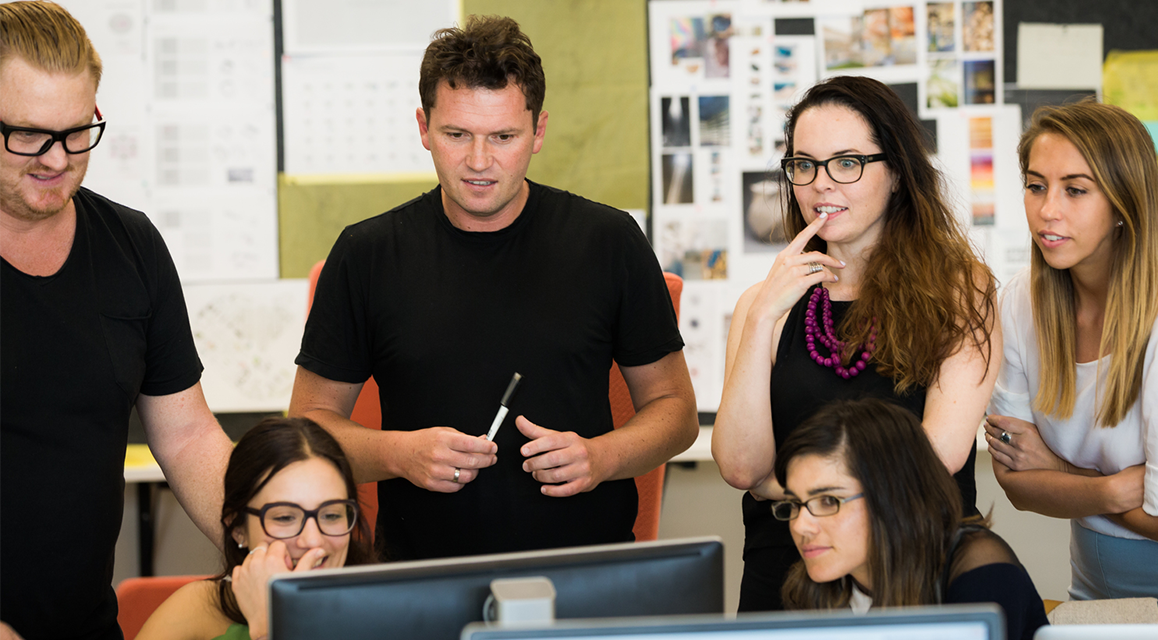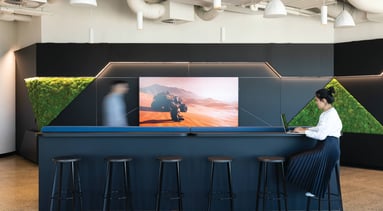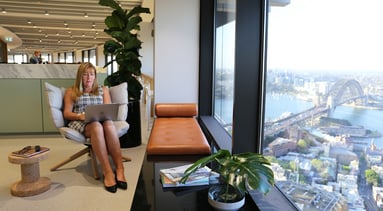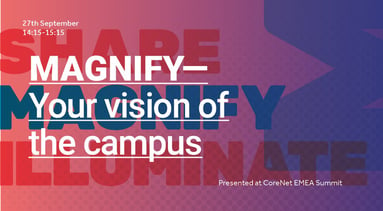
Over recent months, Unispace has interviewed HR leaders from more than 100 organisations across the globe to understand their views on topics such as flexibility, diversity, wellbeing and the impact that the work environment has on performance.
Next month we’ll be releasing our full report, People. Place. And what really matters..., offering illuminating insights into the growing role HR is playing in workplace decision-making and how people-centric objectives are being realised through physical space.
Following are some bite sized findings uncovered during our interviews.
Increasing ownership of space
The overall decision-making process around physical space, previously the remit of property and facilities management, now includes HR representation as standard practice in many large organisations. Bringing people-centric project goals to the table enables the working environment to embody the brand and contribute towards achieving strategic ‘people’ business objectives.
We asked participants if they foresee greater HR ownership of the workplace. A resounding 80% said yes.

Does design matter?
We also wanted to gain a greater understanding into the most important design aspects of the work environment to HR, and what can have the most meaningful impact on people. As workplace designers, we were very interested in the responses to this one; just what importance do HR professionals around the world place on space and design?


Through this study, we have identified a clear consensus that culture, employee engagement, sharing knowledge and wellbeing are all substantially affected by a change of work environment.
Similarly, while talent attraction and retention are less affected, there is still a significant correlation between these areas and changes in physical space.

We look forward to publishing our full report in June.


